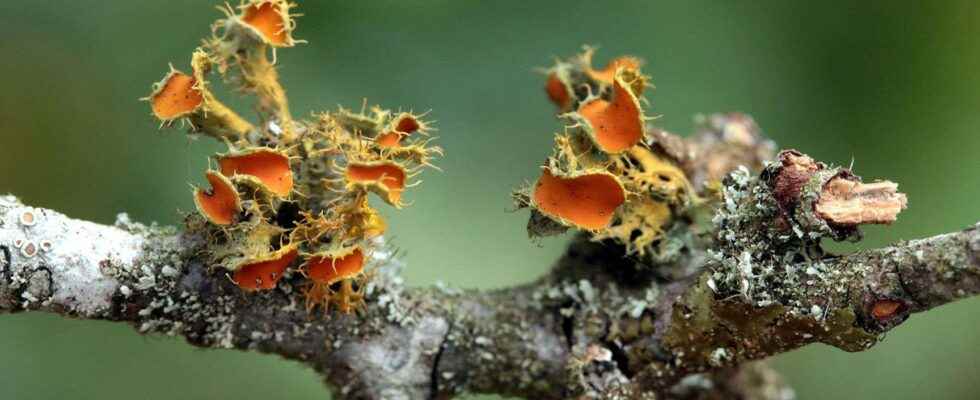A new study shows that the adaptation of lichens to climate change is very slow, with a temperature change tolerance of less than 1°C every million years.
You will also be interested
[EN VIDÉO] Global warming: our planet in unknown territory In the preliminary version – which only covers the first nine months of 2021 – of its annual State of the Global Climate report, the World Meteorological Organization (WMO) confirms the trend of global warming. For the first time, the bar of a rise of 1°C compared to pre-industrial averages has been crossed over the period of the last twenty years. But the report above all highlights the many extreme weather phenomena that have occurred in 2021 and their consequences for the planet and for humanity. © World Meteorological Organization
Lichens result from a permanent symbiosis between a fungus and microscopic cells with chlorophyll (cyanobacteria or algae). They diversified to span almost every continent and to live under different climates. Today, they are the dominant vegetation covering about 8% of the earth’s surface and they generally grow in places where no plant can live such as on mountain tops, on rocks by the seashore, on wash cooled, etc. They have an important contribution to the biodiversity and ecology for various reasons.
Lichen in the face of global warming
However, studies showed that symbionts, such as lichens, should be particularly vulnerable to climate change In progress. Thus, a studypublished on February 15, 2022 in Frontiers in Microbiology, worked on these symbionts to try to predict their potential for adaptation or extinction in the face of climatic changes.
For this study, Matthew P. Nelson and his colleagues chose to study in the laboratory the alga genus Trebouxia, a lichen present in all ecosystems land, especially in temperate, boreal and alpine zones. They collected samples from all over the world and managed to reconstruct a tree pedigree of Trebouxia to understand how this seaweed has adapted to environmental changes that have occurred in the past.
The research team noticed that Trebouxia was very slow to adapt to the past climate changes, with a temperature change tolerance of less than 1°C every million years. These results are worrying in the face of future projections of a warming of the order of +3°C in 2100 According to the Intergovernmental Panel on Climate Change (IPCC). Although part of the lichens could well be extinct by the end of this century, scientists expect to see their geographical distribution change by dispersing in places that are more habitable for them.
Interested in what you just read?
